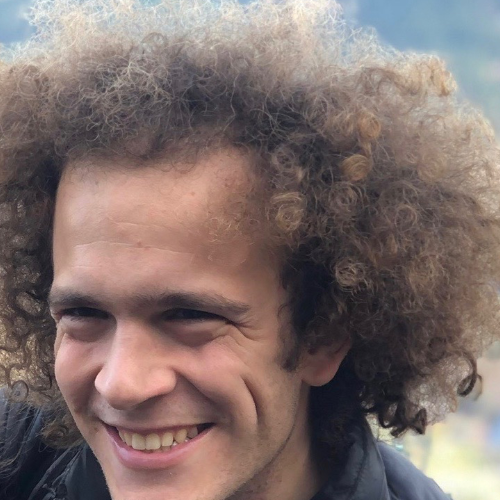
Despite the fact that summertime temperature variability has direct implications for human health through heat stress, food production, and environmental services, little theoretical work had been done to illuminate its fundamentals, which are governed more by local interactions among the atmosphere, land, and terrestrial biosphere than by large-scale atmospheric dynamics. Dr. Lucas Vargas Zeppetello is at the forefront of closing the gap in our theoretical understanding of summertime climate variability.
As part of his Ph.D. work, completed at the University of Washington in 2021 under the mentorship of David Battisti, Lucas made several important contributions. One of these contributions is an explanation of the so-called Budyko curve. Since the early 1900s, we have known that near-surface air cools by way of transpiration from plants and evaporation from the surface and that how much of this evapotranspiration you get per unit of energy input from the Sun depends in a nonlinear way on ambient soil moisture. Lucas showed that this nonlinear relationship, often called the Budyko curve, results from a fundamental coupling between the land and the atmosphere.
In another study, Lucas asked the question, Does surface temperature respond to or determine downwelling longwave radiation? The answer—that surface temperature is the determining factor, as the two are tightly coupled—invites redesign of decades of studies with land surface models where net radiation is the input forcing. Lucas then went on to use these theoretical advances to develop a model of summertime temperature variability that reproduces observations from the midlatitudes and helps identify biases in climate model simulations.
Lucas has continued this trajectory as a James S. McDonnell Foundation postdoctoral scholar at the Harvard University Department of Earth and Planetary Sciences. As one example, Lucas challenged a widely held interpretation that ecosystem-scale evapotranspiration is sensitive to drying of the atmosphere on account of stomatal regulation by plants. He showed, instead, that the limitation of vapor flux can be explained as the physical consequence of the drying of surface soils, a point he underscored by empirically demonstrating similar scaling in vegetated regions and salt flats.
In the biographical memoir of Jim Holton, Mike Wallace wrote, “He had the remarkable ability to recognize the basic building blocks that impart structure to complex atmospheric flow patterns and to envision the simplest and often the most important applications of complex mathematical relationships.” One could replace “atmospheric flow patterns” with “land-atmosphere interactions” and apply the quote to Lucas.
—Peter Huybers, Harvard University, Cambridge, Mass.
